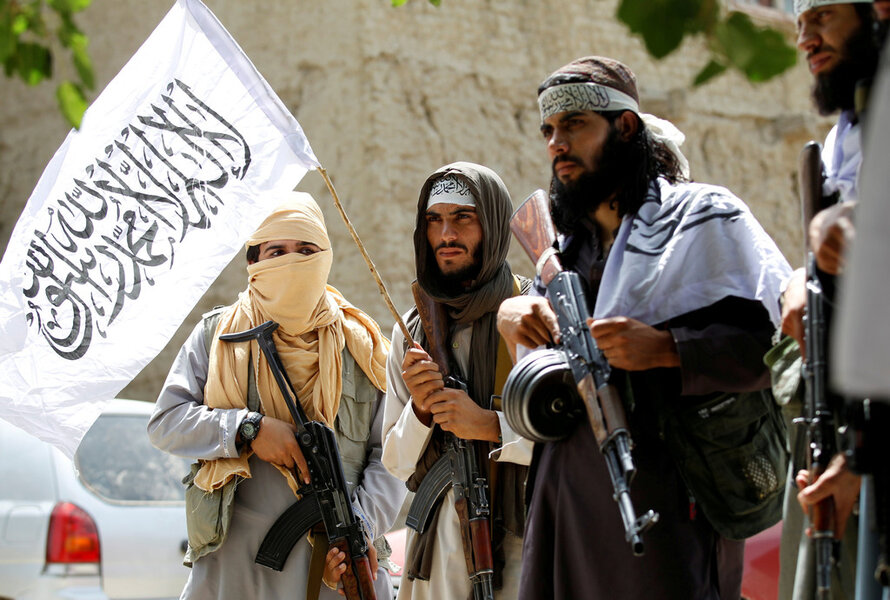A plank for peace in Afghanistan
Loading...
It may be only a small reed of trust for a possible peace in Afghanistan. Yet, after four rounds of face-to-face talks, the Taliban and the United States have finally agreed on something. That alone could help shorten the fears that drive America’s longest war and that have kept Afghanistan at the center of the global war on terror.
Last week during negotiations in Qatar, the two sides agreed in principle to a “framework” for a grand bargain: The US would declare a timetable for withdrawing its troops while the Taliban pledged not to allow Afghanistan to again be used as a launching ground for attacks on the US.
This public commitment to two shared goals, even if they are far from reality, is an essential step for further talks. Negotiations are not always a process of compromise or probing weaknesses. They also allow better understanding of the other side’s perspective.
In these talks, it is now clear the US, and the Taliban, as well as the Afghan people, are weary of conflict and eager to end decades of foreign meddling. Merely acknowledging such points across a chasm of distrust can provide the first plank for bridge-building.
Such a bridge is still far from complete. It is not clear how the Taliban foresees its role in Afghanistan’s democracy or in its treatment of women based on its harsh rule from 1996 to 2001.And the elected government in Kabul is still not directly involved in the talks. Its positions may change after a presidential election slated for July. It also is unclear if President Trump plans to withdraw some or all of the 14,000 US troops without first assuring there is a stable government in Kabul in command of a cohesive army.
Besides these uncertainties, all sides have shown a patience to fill in the details. This initial agreement is not final until many other points are agreed, such as Taliban respect for the Afghan Constitution. One idea being proposed is that the Taliban be allowed to run for office in local rural areas while having only a limited role in the national government.
As trust is built in further talks, a cease-fire may become possible. Last June, the Taliban did participate in a first-ever three-day cease-fire. New ideas for a peace pact may emerge. And other outside powers, such as Pakistan, might better provide fresh security guarantees.
The search for a viable peace process has taken an important step. Like negotiations that led to agreements in Northern Ireland and Colombia, Afghanistan needs to find common ground among the competing sides. The initial trust is developing. As it is built on a shared desire for peace, then peace is possible.







